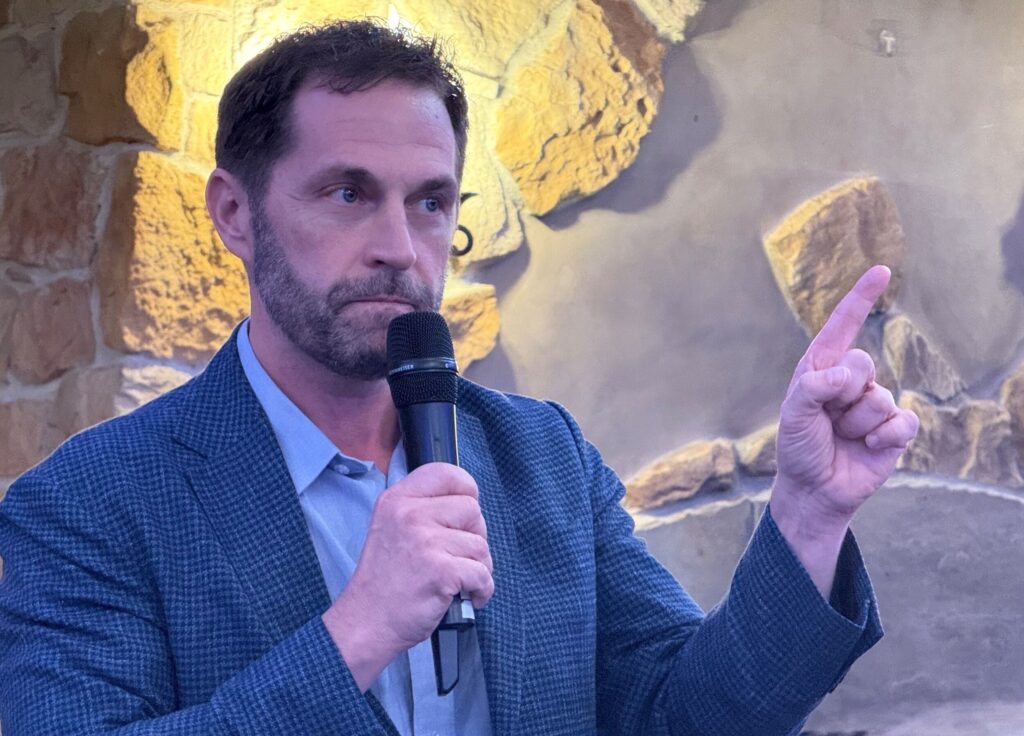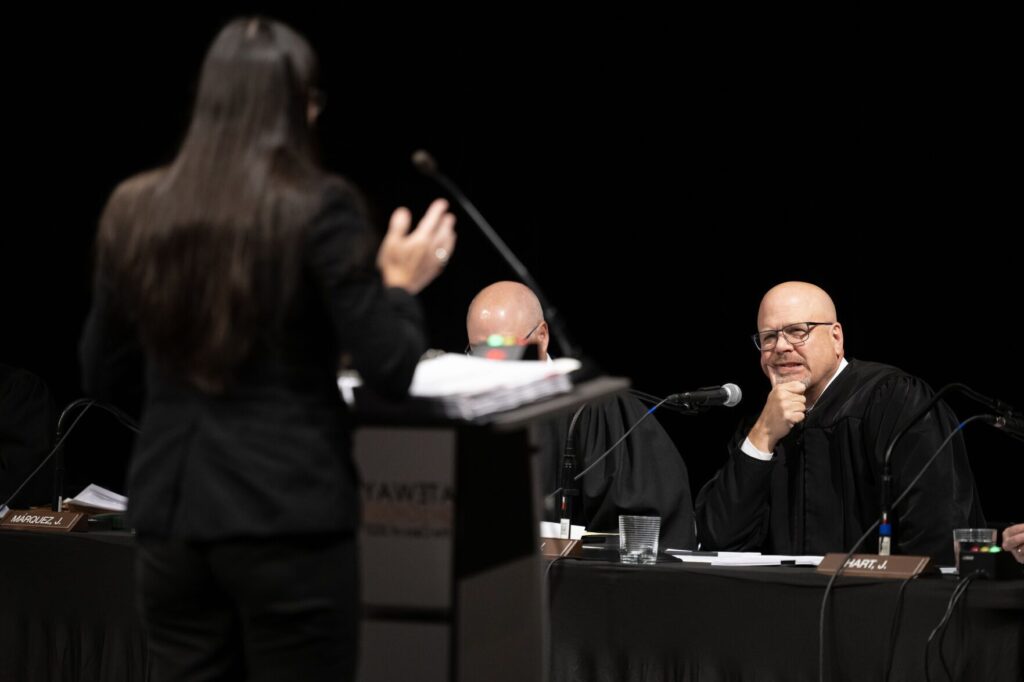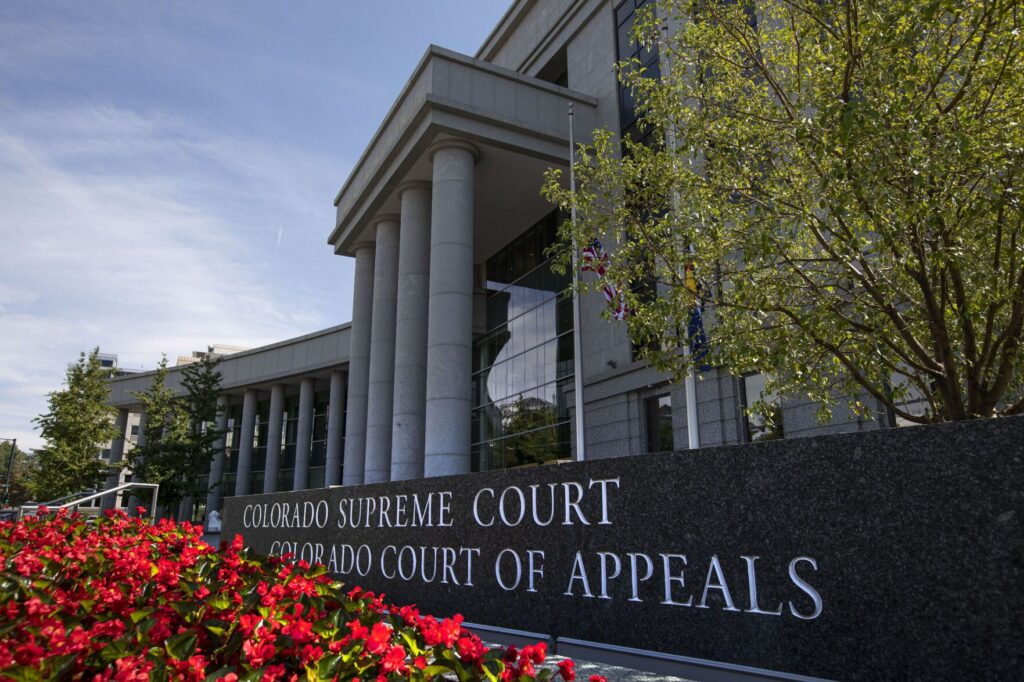Jordan Cove needs a second look, congressmen tell Trump
Maybe the Jordan Cove pipeline project isn’t as dead as it looked six weeks ago.
That’s when the the Federal Energy Regulatory Commission pulled the plug on the $7.6 billion Jordan Cove terminal in Coos Bay, Ore., a destination for liquefied natural gas pumped from Western Colorado on its way to buyers on the Pacific Rim.
But U.S. Reps. Scott Tipton of Cortez, Doug Lamborn of Colorado Springs and Ken Buck of Windsor think they can sway President Trump to get the project going again. In a letter this week, the Colorado legislators – along with six other members of Congress – urged the administration to give the project a second look and make it priority.
He also would like Trump to get a move on filling vacancies within the Federal Energy Regulatory Commission, presumably with people who will take a more favorable look at Jordan Cove.
The letter states in part:
“The Jordan Cove Project and its associated gas production activities will create many well-paying jobs in western communities that desperately need and will happily welcome them; it will generate vast revenues for state and local coffers to fund vital infrastructure construction and maintenance, in addition to revenue for the federal Treasury; and it will supply key allies with American energy developed by the American worker in the most environmentally responsible way. For these reasons, the Jordan Cove Project has enjoyed strong, bipartisan support at all levels of government.”
The letter also was signed by Reps. Mia Love of Utah, Jason Chaffetz of Utah, Chris Stewart of Utah, Liz Cheney of Wyoming, Paul Gosar of Arizona and Kurt Schrader of Oregon.
The Mancos Shale formation of the Piceance Basin, which includes much of northwestern Colorado, holds 66.3 trillion cubic feet of natural gas, 40 times more than previously suspected, a U.S. Geological Survey in June indicated.
The Federal Energy Regulatory Commission said it had given the Jordan Cove project’s Canadian backers three and a half years to show there was a market for the gas, and the project backers had failed to do so.











